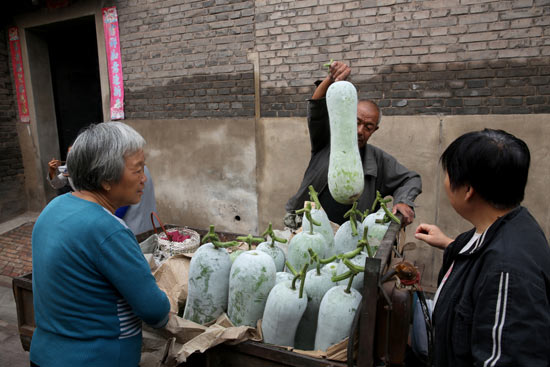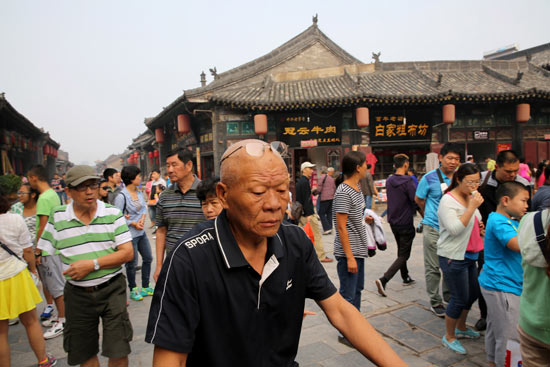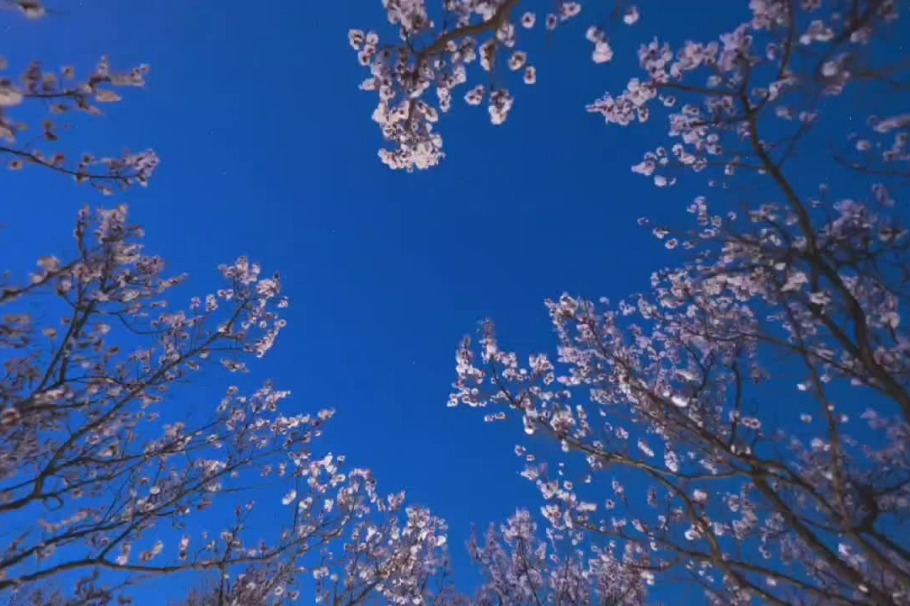News
How to make Pingyao Ancient City a 'livable city'
Updated:2015-04-02 14:54( chinadaily.com.cn)
The Ancient City of Pingyao was named a UNESCO World Cultural Heritage Site in 1997, 18 years ago. The ancient city has seen booming tourism since then. However, excessive commercialization, shabby traditional residential architectures and an irrational population structure have become increasingly prominent problems that hinder the conservation and development of Pingyao.
Lian Zhishang, a local of Pingyao Ancient City, moved out of the city seven years ago. Meanwhile, he operates a shop in the ancient city. The tourist volume has continued to grow in recent years, but not his sales volume.
"There were not as many shops before, and they were also not as motley," Lian said.
The ancient city saw its major tourism indicators, namely tourist volume, gate money and comprehensive income increase from 50,000 tourists, 1.25 million yuan ($201,645) and 12.5 million yuan, respectively, in 1997 to 5.5 million, 117 million yuan and 5.42 billion yuan in 2013.
 |
|
Two local residents of Pingyao Ancient City pick wax gourds at a stall on the old street. [Photo/asianewsphoto.com] |
However, the increased figures brought an atmosphere of hustle and bustle that was unfamiliar to this 2,700-year-old ancient city. Many residents adapted their living houses into various shops and inns, some of them clashing with the city's quaint style.
Shao Yong, a professor from the National Research Center of Historic Cities, expresses his concerns on Pingyao. It may become a city crowded with souvenir shops, restaurants and hotels.
In 2014, the local government granted nearly 200,000 yuan to restore an old courtyard house, which historically belonged to a Shanxi merchant, on the condition it would not be used as an inn or other business.
 |
|
Tourists walk along the pedestrian street in the Ancient City of Pingyao. [Photo/asianewsphoto.com] |
However, since his children have settled down outside of Pingyao, the property owner still decided to open an accommodation business after the restoration was completed.
Every ancient city should probe for a development model in accordance with local conditions. The governments must keep an eye on businesses that are ill-adapted to the ancient city’s atmosphere, said Zhang Peng, an associate professor from Tongji University’s College of Architecture and Urban Planning.
The head of the Pingyao tourism bureau echoes Zhang's opinion. "The government is studying the market access in the ancient city to prevent it from turning into a hodgepodge," he explained.
UNESCO has commented that Pingyao is "an outstanding example of a Han Chinese city of the Ming and Qing dynasties (14th-20th centuries)" that "provides a remarkably complete picture of cultural, social, economic and religious development during one of the most seminal periods of Chinese history". The well-preserved old structures may account for much of this.



